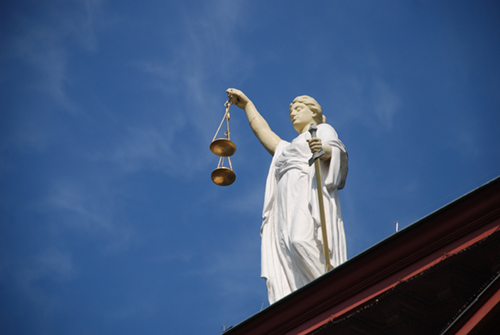Restorative Justice within the Judicial System

Restorative Justice is a theory of justice that emphasizes repairing the harm caused by criminal behavior. It is the constructive engagement of conflict in a deliberate and dignified manner that works to repair harm through the use of respectful, authentic and humane problem solving dialogue between and among parties. Restorative Justice conferencing offers the opportunity to have a Mediator bring together the victim, offender and family, friends and key supporters of both to decide how to address the aftermath of a crime with these very specific goals:
- Give the victim an opportunity to be directly involved in responding to the crime.
- Increase the offender’s awareness of the impact of his or her behavior and provide an opportunity to take responsibility for it.
- Engage the offender’s support system for making amends and shaping the offender’s future behavior.
- Allow the offender and the victim to connect to key community support.
Ms. Orenic is a certified Restorative Justice Conference Facilitator/Mediator for cases that come before the Juvenile & Domestic Relations Court that are deemed appropriate by the Judge of that Court. She also facilitates these conferences within the school system. The Restorative Justice model has proven to be very effective in reducing recidivism in juvenile offenders as well as for resolving many school disciplinary problems.
The Restorative Justice process usually ends with an agreement with input from all parties including the victim on how the offender will make amends for the harm caused by his or her actions. Four kinds of reparation that often appear in these agreements are:
- Apology: Can be written or verbal or both. The three parts of an apology are acknowledgement, affect and vulnerability. The offender acknowledges or accepts responsibility for causing real harm to the victim and recognizes that the victim was undeserving of this harm. Affect goes beyond acknowledgement of guilt to remorse or shame by the offender which may be expressed verbally or through body language. When victims hear the regret expressed, they often experience a healing effect. Vulnerability is a component of apology when the offender apologizes and he or she gives control to the victim who can decide whether or not to accept the apology.
- Restitution: Monetary compensation to the victim for financial losses caused by the crime or misbehavior.
- Changed Behavior: This is accomplished by including in the agreement elements that require a change in the offender’s environment, that help the offender learn new behaviors, and that reward positive change.
- Generosity: The offender may want to assure the victim of the sincerity of his or her apology by agreeing, for example, to perform community service at an agency the victim chooses.
One cannot overemphasize the importance of the effect Restorative Justice Conferencing has on recidivism rates which are much lower than with the traditional punitive type of justice that seeks punishment rather than repairing the harm to the victim. In most cases, the offender is able to re-integrate into the community and become a productive member without the stigma or label of “being a juvenile offender or criminal” which has a negative effect on self-esteem and ultimately leads to repeat offending.
Restorative Justice in Schools

Restorative Justice Conferencing is easily adapted for use in schools for dealing with discipline problems. School systems are faced with many varied behavioral issues in their student population, such as bullying/harassment, arson, assault, drug/alcohol use, fighting, interpersonal conflicts, theft, tardiness, truancy and vandalism. In all of these examples, Restorative Justice Conferencing can appropriately allow the offender to understand the implications of his or her actions, to be accountable for them, and to explore ways to make things right or repair the harm that’s been done. The goal for both victim and offender is to develop a plan for how they will associate in the future and/or what type of restitution is needed. In some cases, there is no clear victim or the victim is not an individual, but the community at large or the school community. In these cases, a representative of the community joins the circle to explain how the community has been affected by the misbehavior.
Restorative Justice Conferencing can fill a gap between conflict resolution and traditional discipline. It can address cases where there is a clear right and wrong. For more information on Restorative Justice in Schools go to this article from a quarterly newsletter devoted to the subject and published by the Education Chapter of the Association for Conflict Resolution (ACR).